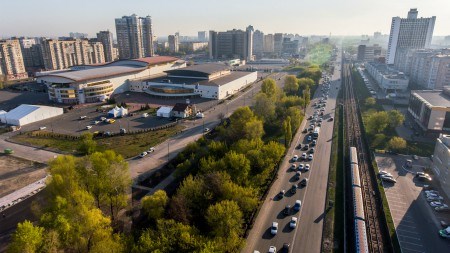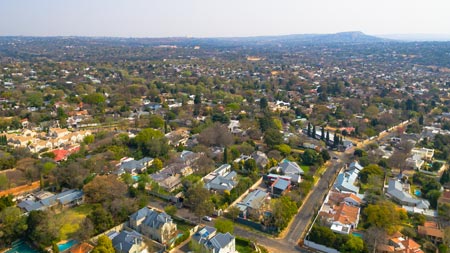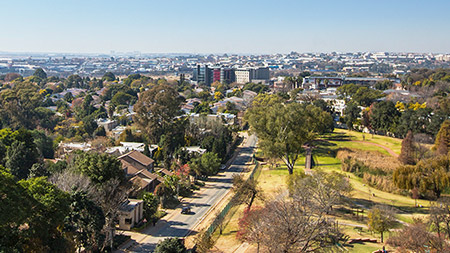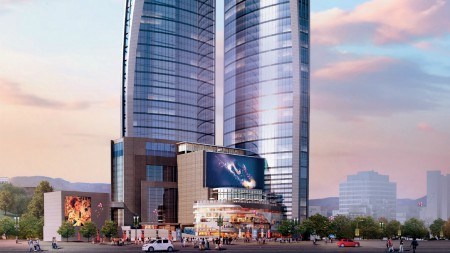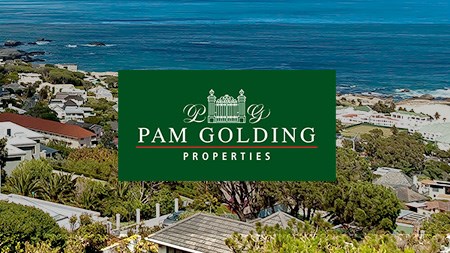As more people flock to urban areas, densification becomes a natural and unavoidable occurrence. Is it a good thing for property, or bad? Ronald Ennik, CEO of Ennik Estates shares his views on the subject.
For the past 15 years there has been a gradual, but consistent, increase in residential density in the central and fringe areas of Sandton and Rosebank.
And it has come about to the dismay of many long-standing homeowners, in and around those areas, who feel threatened. But the dismay could well be ill-founded.
Why? It has been proved time and time again that society functions better, on all levels, where higher density living exists in an organised way. Johannesburg is simply following a long-standing international trend. It is doing so by embracing the examples of leading, successful, dynamic cities of the world, such as London, New York, Paris and Tokyo. Even smaller cities such as Zurich, that has won ‘best city to live in’ numerous times, follow similar principles. They are cities with good, viable, public transport networks, where all variety of business and service providers thrive.
They are cities where the fine balance of recreation, work and entertainment spaces are well coordinated. This ensures that friends and family are close by and easily accessible to one another – without having to take the car out of the basement.
Sandton City was the trailblazer of the process in Johannesburg – virtually ever since the complex was built in the mid-1970s, density has been increasing around it’s commercial center. Now Rosebank is following suit.
Service providers
Furthermore, the residential living nodes in such transport-savvy cities are invariably supported by easily accessible, precinct-specific, service providers.
They include laundries, restaurants, supermarkets, medical services, banks, lawyers, art galleries, churches, theatres, cinemas and health centres.
Meanwhile, the higher residential density allows local suppliers to provide a greater variety of services to more people – delivered out of smaller, more cost-efficient, premises.
Another plus is that security is far more effective, because homes are elevated in buildings and the camera-monitored area is less expansive… and thus more sharply focused, and less expensive to provide.
This phenomenon is now mirrored in the current redevelopment in and around the hub of Rosebank – in much the same way as it has rolled out in the Sandton City precinct over the 40-plus years since its inception. Even if Sandton missed an opportunity in the early millennial period (2001 – 2006). At the time a residential price bubble was developing, causing developers to change proposed residential projects to commercial, limiting Sandton’s mixed use / integrated lifestyle potential.
Increased convenience
Small business thrives because of the increased convenience of service delivery.
The square metre area of service provider operating space can be reduced because of the increase in the density of people using the services they provide. They can deliver a greater variety of service to more clients, from a smaller space. Aligned with this is an increase in quality security monitoring, as the areas monitored are not too expansive.
All of these pieces of the puzzle come together to allow the city to operate more effectively which impacts positively on people’s happiness and peace of mind.
Last, but not least, higher density provides less inconvenience to the workers who provide the services.
